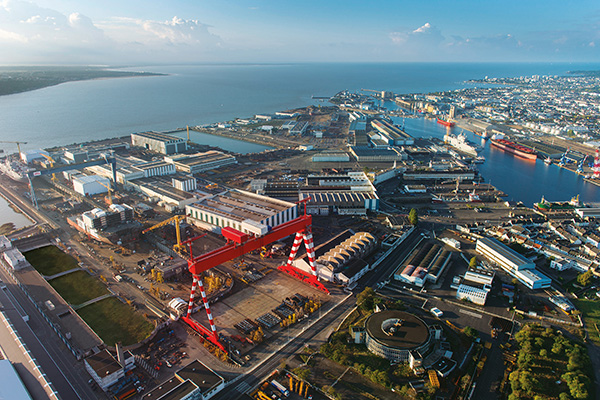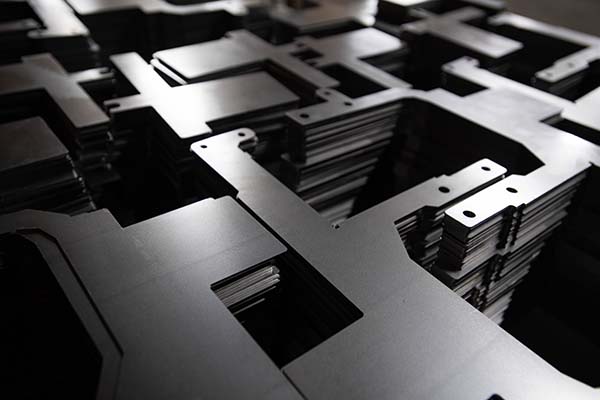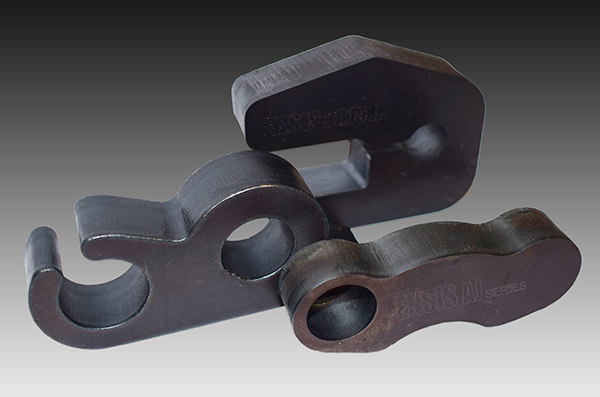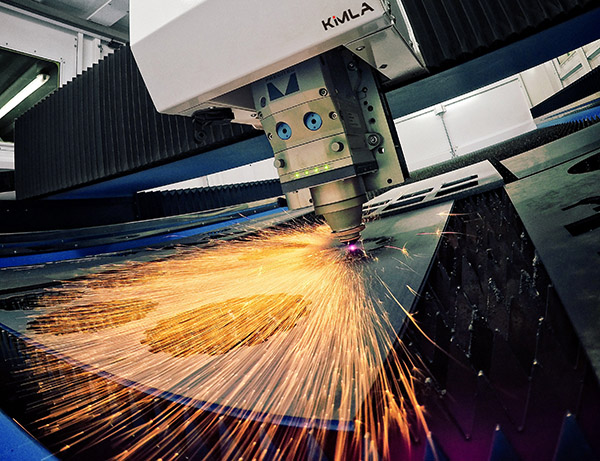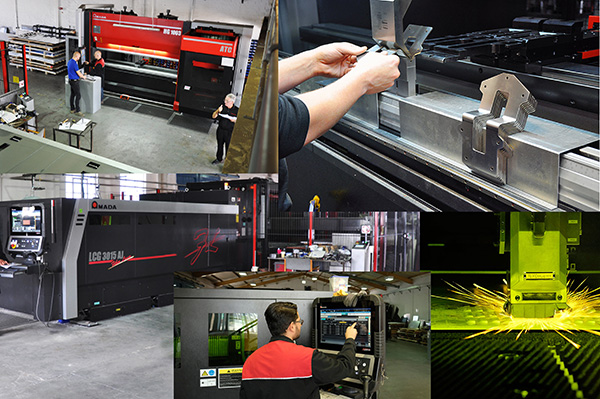Chantiers de l’Atlantique (CDA), formerly STX France, has ordered two highly automated PEMA panel-cutting stations to Saint-Nazaire shipyard.

Each of the stations consists of plasma cutting, grinding and marking functions, with special fume-extraction tables. The stations are used to cut the panel to the correct size, grind the primer away from the position of profiles, and finally to mark the position of profiles. Plasma-cutting portals for both stations are made by Pemamek’s partner, MicroStep.
Florent Camaret, investment project manager, CDA, says that thanks to Pemamek’s proven track record in welding and production automation technology, and the companies’ previous collaboration, CDA was convinced to continue co-operation with Pemamek.
“Our previous solutions needed to be updated to new and modern production technology that could provide higher capacity and better quality,” he says. “We’ve collaborated with Pemamek in other major shipyard automation projects, so we trust their expertise and technology.”
With the new PEMA panel-cutting stations, CDA will be able to significantly improve throughput times, add capacity and maintain high production quality in panel processing.
“CDA is one of the world’s leading shipyards and we’re delighted to continue our collaboration,” says Jukka Rantala, vice president, key accounts at Pemamek Ltd. “High-technology PEMA panel-cutting stations will raise CDA’s level of automation and bring a significant productivity boost to panel production.”
The panel-cutting stations, which will be ready for production by the end of 2020, will be delivered as turnkey solutions, including installation, commissioning, testing, training and production support.
For further information https://pemamek.com/






